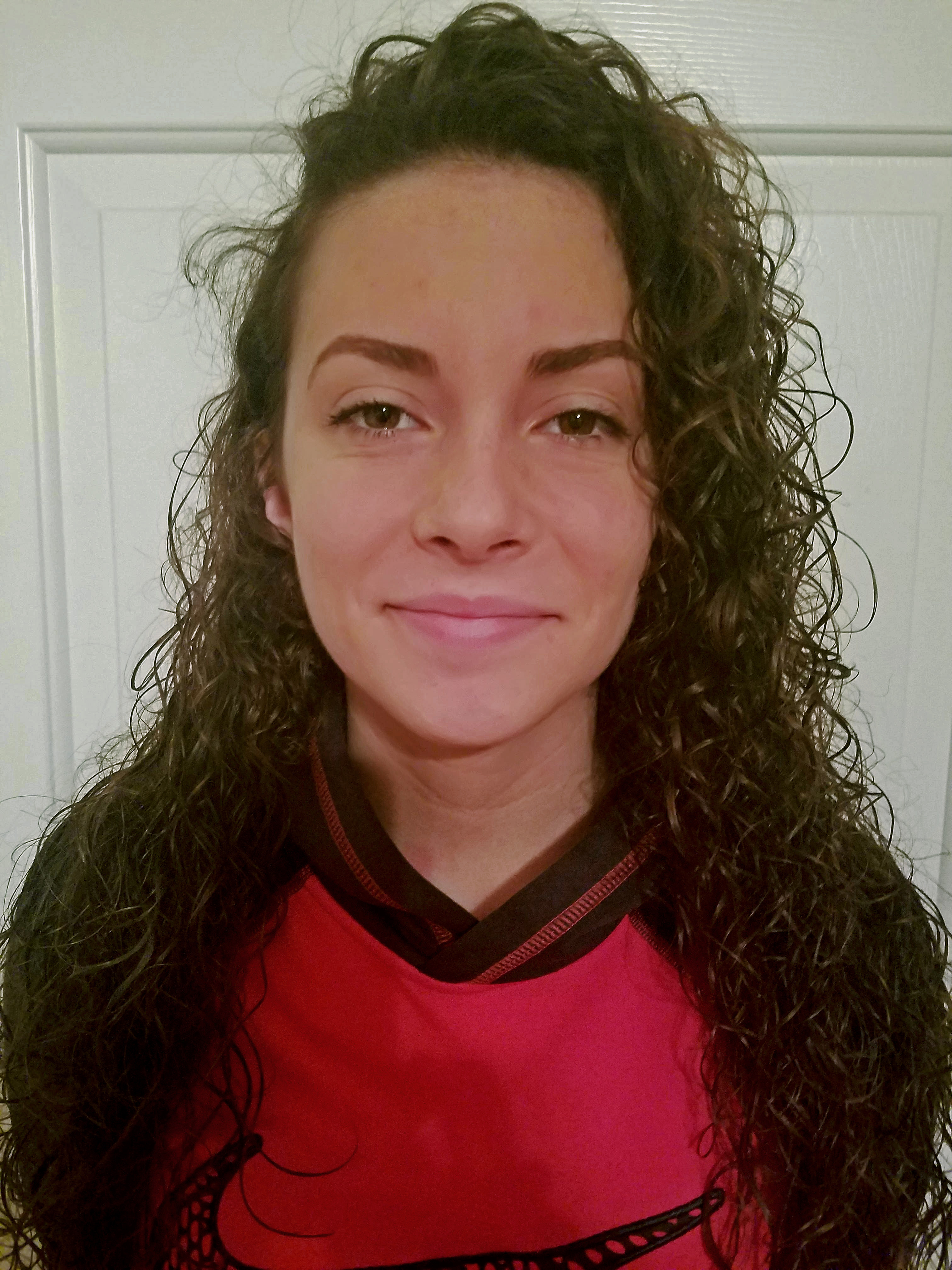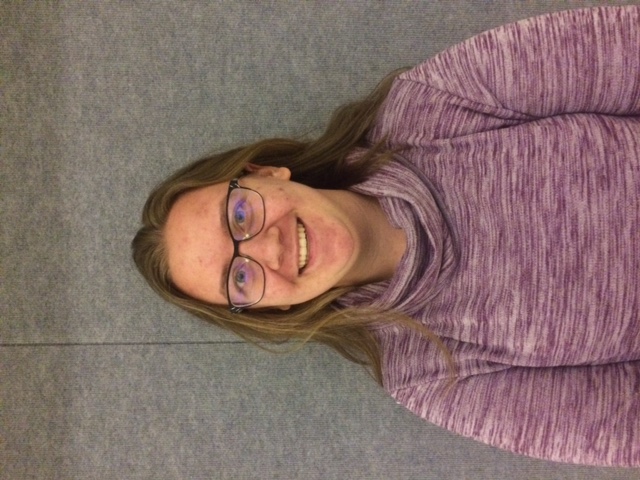Celebration of Scholars
Analysis of pigment regeneration in a GNAQ Q209L zebrafish model of melanoma
 Name:
Josey Muske
Name:
Josey Muske
Major: Biology
Hometown: Trevor, WI
Faculty Sponsor: Andrea Henle
Other Sponsors:
Type of research: Independent research
Funding: SURE

Major: Biology and Neuroscience
Hometown: Detroit Lakes, MN
Faculty Sponsor: Andrea Henle
Other Sponsors:
Type of research: Independent research
Funding: SURE
